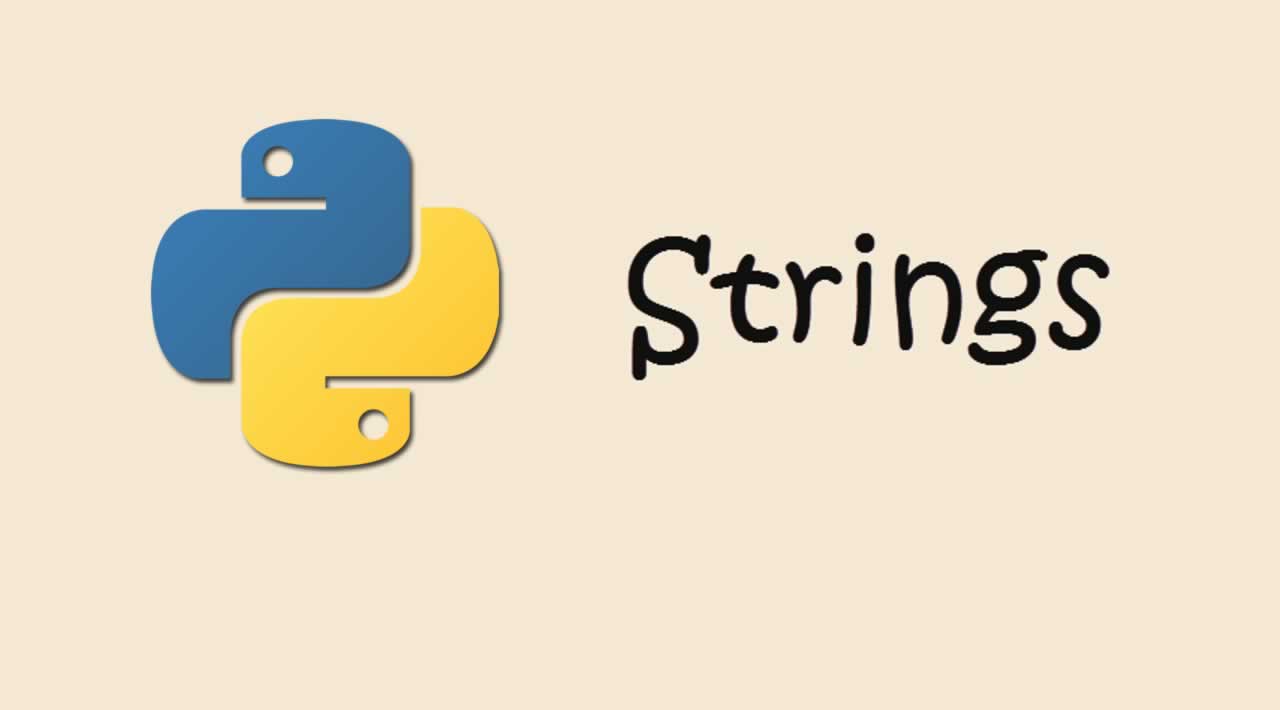A string is a data type in Python programming language that’s used to represent a piece of text. They are super flexible and necessary to appropriately represent text inputs in code. As a result, learning how to make the most out of them is a must.
Once the basic syntax of these data types is learnt, you can start growing your Python knowledge which will let you to more and more interesting operations with string handling. Always remember that the main goal of the learning process is to write clean and efficient code to automate routinary tasks, without memorizing any method, as you’ll completely understand them once you put them into practice.
Table of contents:
1. Introduction to Strings (3 min read).
2. Modifying Strings (2 min read).
3. Transforming Strings (2 min read).
4. Formatting Strings (1 min read).
1. Introduction to Strings
A string is a Python data type that’s used to represent a piece of text. It’s written between quotes, either double quotes or single quotes and can be as short as zero characters, or empty string, or as long as you wish.
Strings can be concatenated to build longer strings using the plus sign and also they can be multiplied by a number, which results in the continuous repetition of the string as many times as the number indicates. Also, if we want to find out the length of the string, we simply have to use the len() function as shown in the example below:
#programming #python #learning-to-code #python-programming #data-science
